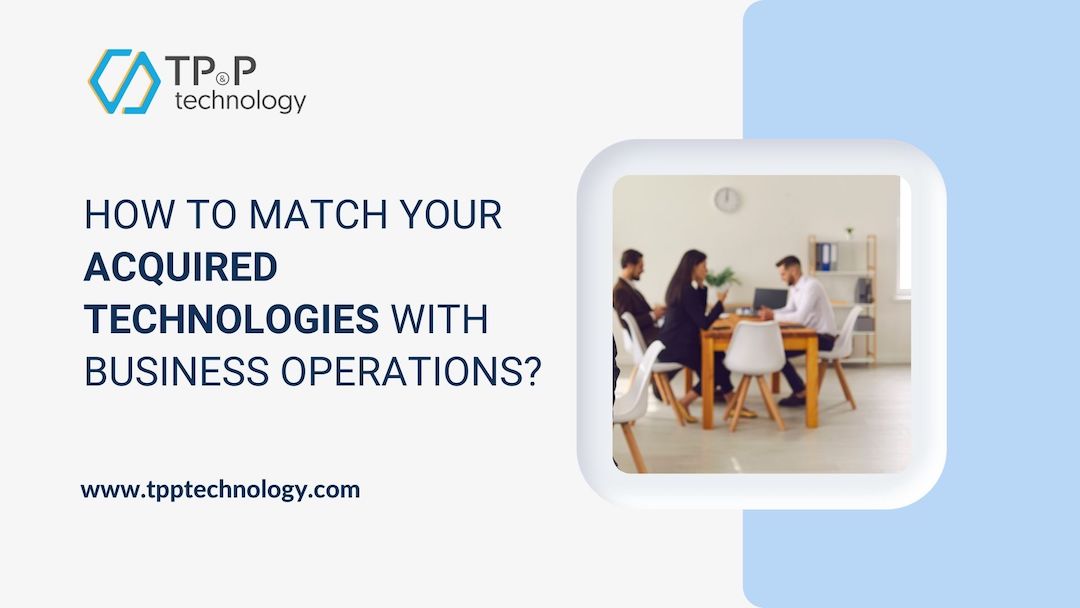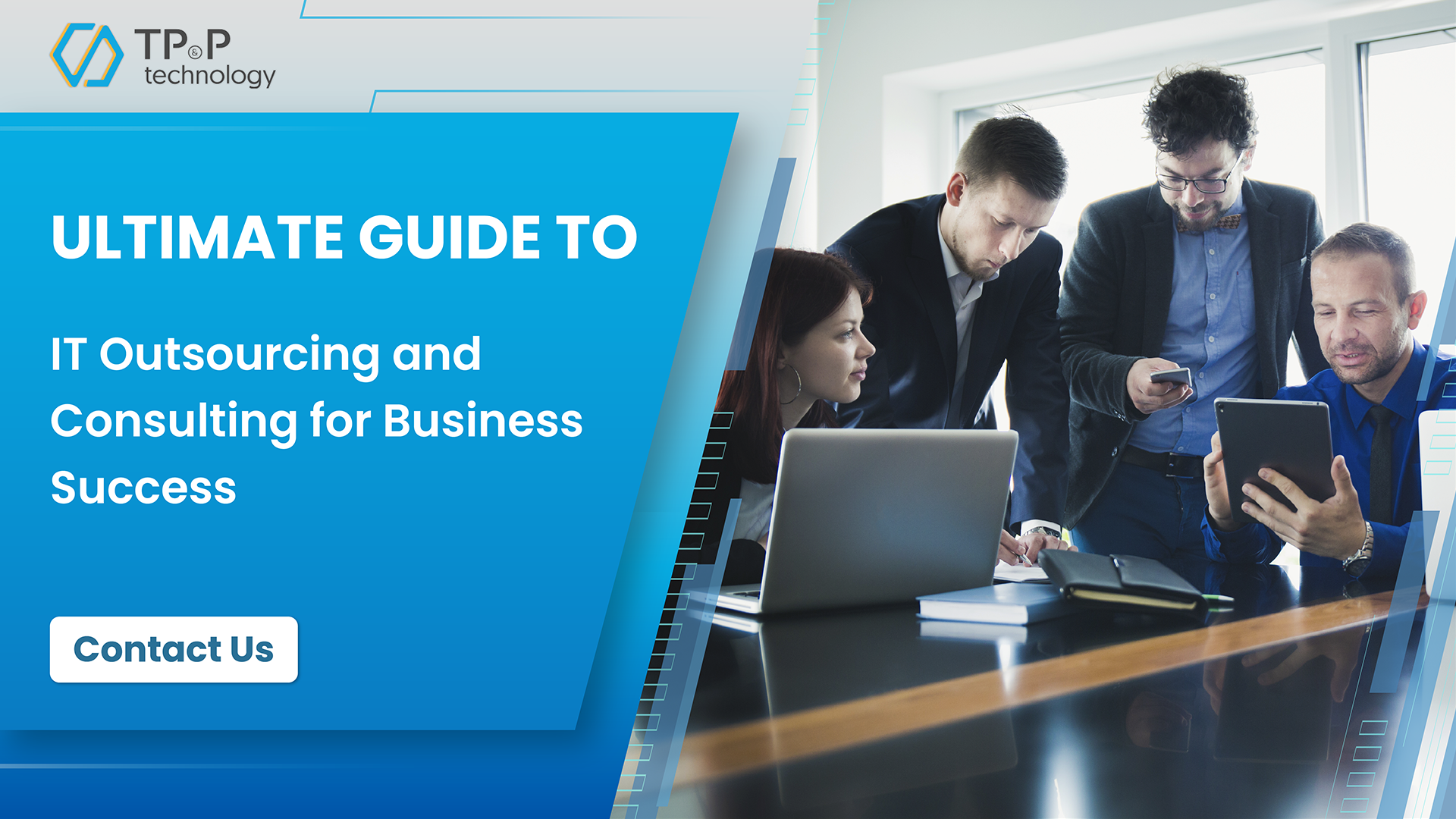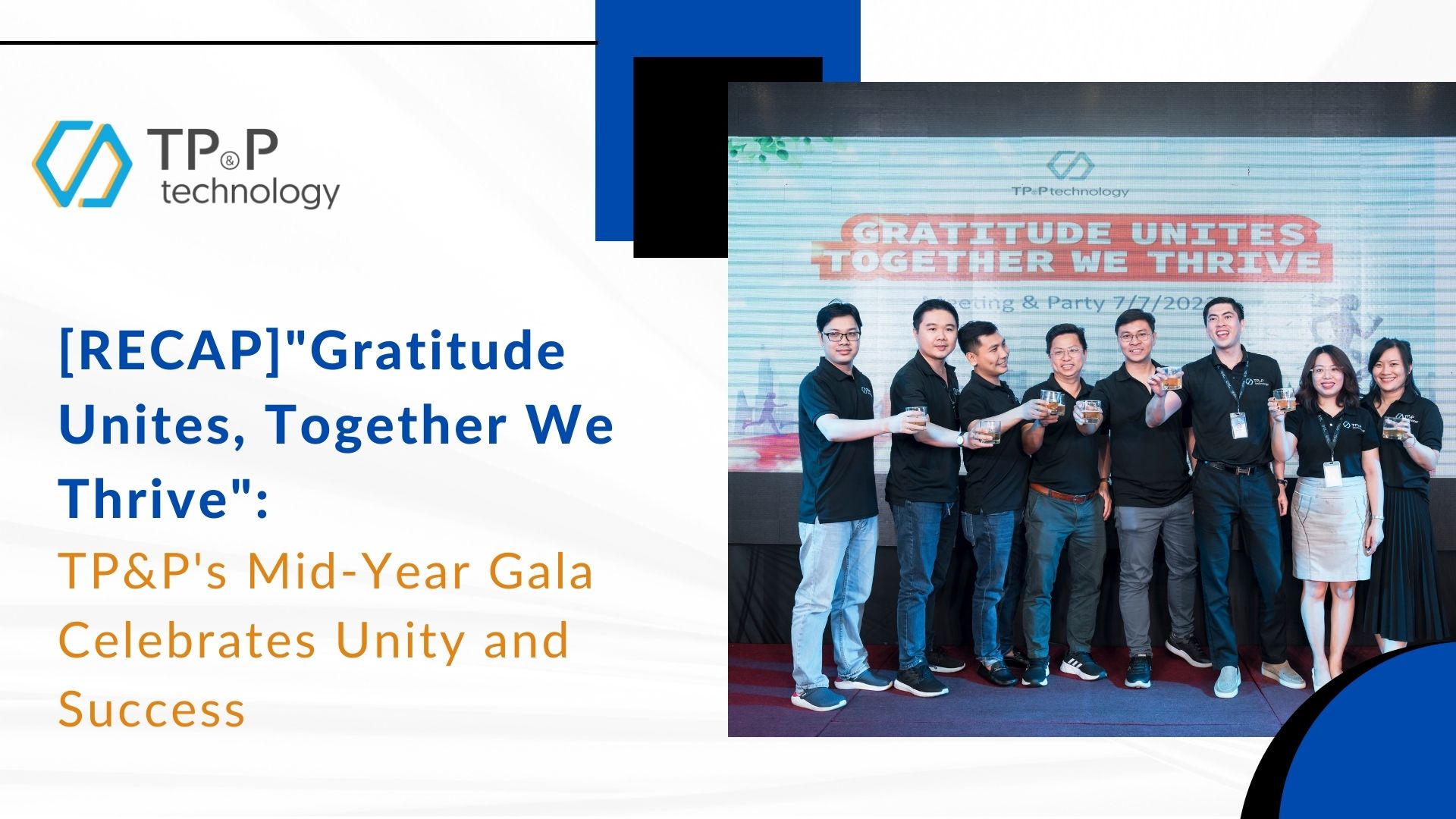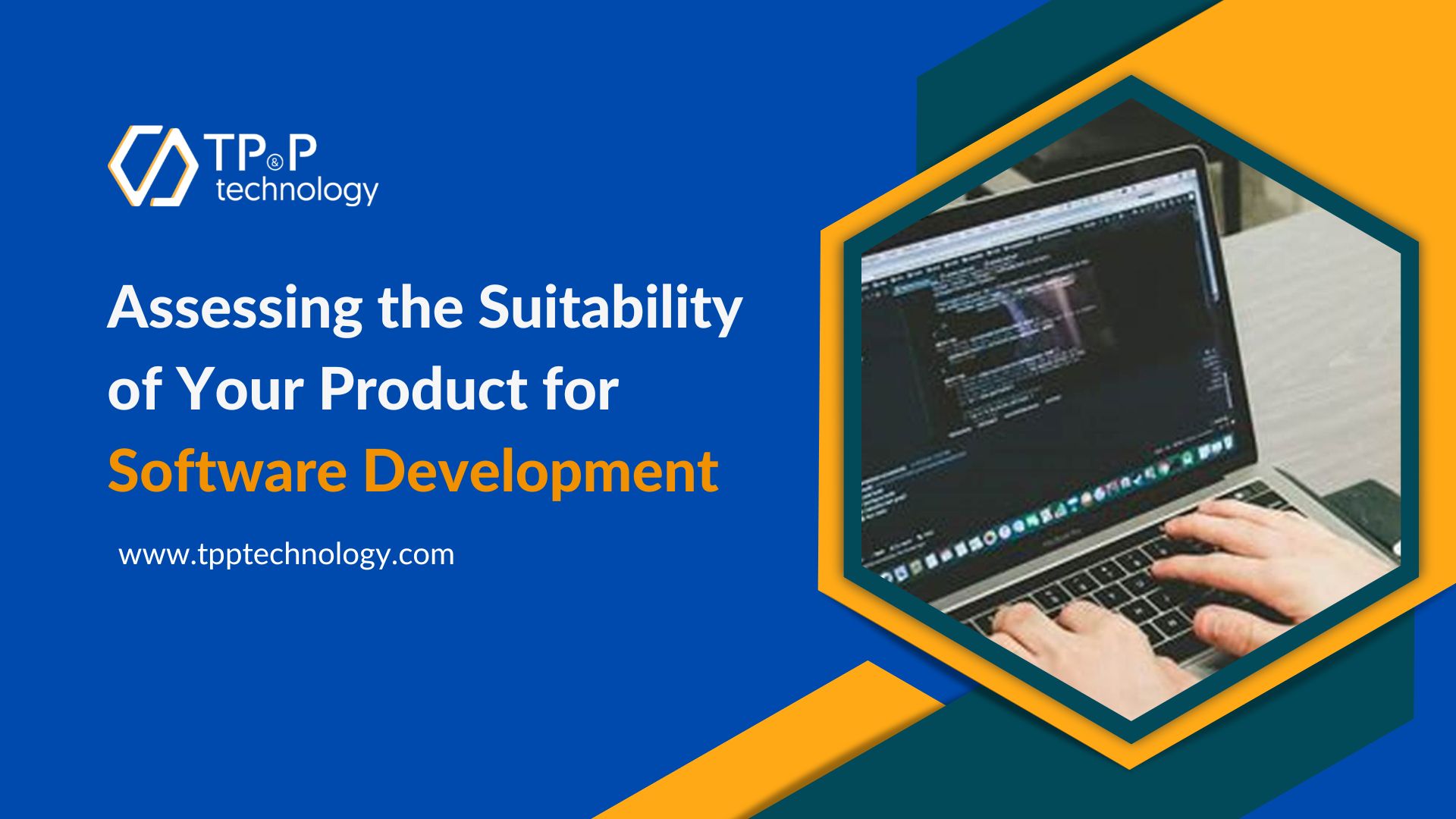
How to Match Your Acquired Technologies with Business Operations?
It is important that your organization can maximize the value of the acquired technologies. As a technology leader, you understand that getting technology that is not suitable for your operations or for those who need it can turn out to be a recipe for disaster, software that no one uses.
In fact, a lower technology adoption rate would result in a lower return on investment (ROI). Thus, ensuring successful solution implementation and a high adoption rate is important for any business organization as this often has a detrimental effect on its performance. For example, research shows that retailers with a low CRM adoption rate have lower sales quotes and vice versa (i.e. high CRM adoption rates can also lead to better sales and improved profits).
In this article, let's take a closer look at how to acquire your technology stacks for operations, and understand the best practices to ensure that the purchased software is aligned and fits with your organization as well as processes, and business goals.
#1 Planning & Communication
Surprisingly, much of the successful introduction of new technology is about communication and building relationships across departments.
For starters, it's critical to have tech leaders explain the need for purchasing the new technology to the decision-maker to get their buy-in and approval of the budget (e.g. CEO). Typically, you may need to outline a number of items such as:
- Business problems & how the acquiring technology can solve such problems.
- Total Cost(s) of Ownership
- Benefit(s) and/or costs saving(s)
- Other business goals
You can also expect to provide a comprehensive cost-benefit analysis with your next IT Purchase / Acquisition. Furthermore, depending on the policies of your organization, you may need to go through IT to acquire the new technology.
It is also necessary to communicate frequently and collaborate with end-users who use or intend to use the new technology you purchase, as you will be working closely on activation and enablement and you will receive early feedback on whether the new application is suitable, and can add value.
Additionally, the majority of business organizations are already aware of data and personal information protection laws like the European GDPR, California's CCPA, and the HIPAA healthcare system - hence, you should understand how important it is to work closely and from the beginning with security and legal departments to ensure that the newly acquired technology complies with all security rules before you decide to purchase it.
Pay attention to a project timeline - especially for new technologies which require custom implementation, integration, and data migration which may take weeks or months to complete. A common best practice is to divide the timeline into phases to allow end-users to become familiar with the learning curve, integrate the existing required systems with the new technology, and schedule a long trial period to ensure full adoption.
By educating the stakeholders about your business and technical needs, schedules, and budget, and making arrangements to eliminate the potential technical issues, you'll likely ensure a successful implementation.
#2 Identifying stakeholders and roles
As mentioned above, an important step in acquiring new technology is to communicate with the relevant stakeholders which may include:
- Project Sponsor – Your company's key decision-maker(s) and budget approver.
- Business champion – The person making original requests for the new technology.
- Product manager – Someone that will manage procurement, implementation, and post-implementation, with a thorough understanding of how the acquired technologies can be used to solve the existing business problems.
- Stakeholder – Any additional stakeholders in the process
- Vendor(s) – The vendors you have short-listed.
More importantly, out of all the stakeholders that you find yourself working with first would be your own team. Other stakeholders may include:
- IT (Information Technology) & Purchasing Department - May help to facilitate procurement and deployment.
- Security and legal: to help check the newly acquired technology complied with the requirement of personal information and data protection as well as other legal matters.
- Customer Experience (CX) - helps guide you to define the specifics of a technology stack to match with current or future initiatives.
- Other Stakeholders - Depending on the size and nature of your organization's business, it may make sense to involve other stakeholders to ensure the adoption of the technology in your organization.
#3 Adoption and Training
IT professionals know that software/technology implementation is a continuous process that is not a "once and done" thing. This is due to various reasons such as software updates and fixes and other changing business requirements (e.g. Covid Pandemic), etc. Either way, by taking care of every step along the way, the acquisition and transfer can be done successfully and increase your return on investment and reduce painful delays.
Below is a series of steps you can take to make sure every stakeholder takes ownership of their role throughout the process:
- Clarify Everything Up Front - It is important to inform your expectations in advance regarding roles, schedules, and workload. Research shows that the main reason for a software development project failure is due to changes in requirements or poorly maintained documentation. Thus, it is very important to define a vision for your current and future technological mix and to formulate and document the role of each stakeholder.
- Align internal owners who will be responsible for their own KPIs - Many business organizations often assume that a certain team will play the role of the Subject Matter Expert. However, it is often unreasonable and unproductive to assume that such a team will have all the KPIs for each application, especially if they are not primary users. Whenever possible, you should have defined an owner in place before launch to own the KPIs.
- If possible, consider formal proof of ownership by submitting a statement of work to your business champion and/or technical client. An observation group can also be a great enhancement that highlights the importance of adding a technical stack in a timely manner. If you are unsure of your ability to form such a group, you can get the sponsor’s leadership to set it up and lead it. When it’s time to expand your acquisition of new expensive technology, it helps if your opinion can garner the votes of others rather than just yours!
- Post Deployment - As a matter of fact, when you finally get the shiny new technology deployed, you're still not done. Another important task is producing a clear set of documentation for users and ensuring that they will read the manual to learn to use that latest piece of software. A common issue is that users will always seek in-house experts in helping them to solve the new software problems instead of reading the guidelines documents first. Providing guidelines documentation and materials will alleviate this issue and help team members to self-serve (when you and your action team are focusing on more strategic issues).
- Internal Training - Organizing internal product training sessions is one of the most effective ways to engage internal users. It’s always a good idea to use your vendor's customer success team to help facilitate training and knowledge transfer.
- Provide direct access to vendor's support teams - it is best to remove as many barriers as possible between business users and vendor's technical support teams. Whenever possible, sharing contact information and making direct communication/calls between your team and the vendor will give end-users quick access to the knowledge resources, to resolve the bottleneck issue.
Takeaways
Adopting new technology to your team is a long and difficult process. However, following these best practices can help ensure that your current and future technology acquisitions will become a good fit for you and your team.



